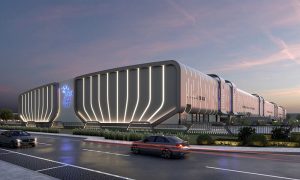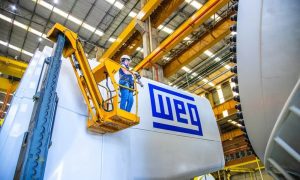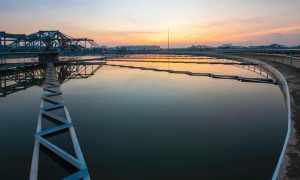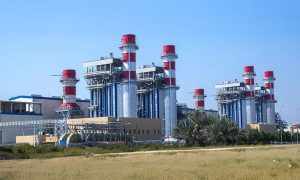Concerns over safety of UAE structures
Expert opinion on why the region’s structures are safe.

The collapse of a foot bridge at the Jawaharlal Nehru stadium in New Delhi last month led to concerns over the safety of bridges in the region. Germany-based insurer MunichRe told local media that the UAE could potentially suffer a “very strong” earthquake, for which structures in Dubai, particularly bridges, are not prepared.
The company claimed an earthquake of magnitude 5.9 on the Richter Scale or higher could have “potentially devastating conse- quences”, further warning that the UAE is “sig- nificantly exposed” to such an event.
Explaining the stress caused to structures by a hostile climate, MunichRe board member Ludger Arnoldussen said: “Regions prone to natural catastrophies are being built up and people aren’t aware of the events that happened in the distant past.”
Assessing the Risk
The hazard posed by earthquakes has more than quadrupled over the last century as a result of global urbanisation. Adding to this risk is the potential frequency of quakes “on the scale of Haiti”, which occur in the Middle East at 400-year intervals.
Furthermore, seismic activity in Iran poses such a risk that the government should move or
re-build Tehran as a matter of urgency, accord- ing to scientists.
The UAE is classed as a ‘Zone 0’ area; stable despite its proximity to three fault zones near Dibba (a coastal region on the north east of the UAE peninsula on the Gulf of Oman), between Bidyah and Jebel Salhal, and Wadi Hum.
The nearest major fault line, the Zagros fault, is 200km away from Dubai and the risk of a tsunami is minimal because of relatively shal- low waters. Yet it is feared that increased activ- ity in Iran could cause stress on these faults; the most recent earthquake affecting Dubai occurred last year.
Arup associate Zygmunt Lubkowski, a geo- technical earthquake engineering expert, sup- ported that the risk is minimal based on existing records. However, echoing Arnoldussen’s concerns, he warned that these records only cover a fraction of time in the region’s overall seismic history.
In Dubai, any building higher than five sto- reys must comply with municipality require- ments, which according to Lubkowski require buildings to withstand levels of ground shaking far above that which could realistically occur.
But, such concerns are not new. In 2005, scientists voiced fears about the 100km active fault line near Dibba, connected to the Zagros
fault. Dr Azm Al Homoud, a seismologist and professor of Civil Engineering at the American University of Sharjah told local media at the time that it was a national issue which required address on a national scale.
He recommended the development of spe- cific codes on design and construction, and checks on vulnerable and important buildings like hospitals and schools.
Built to last
The debate continues as the Dubai Roads and Transport Authority (RTA) completes a new bridge on Sheikh Zayed Road, connecting Al Safa Street with Financial Centre Street; it will open to traffic by the end of the year, bringing the total length of bridges located in that area alone to 3km.
Speaking on behalf of the RTA, CEO Maitha Bin Adai reiterated that despite Dubai’s Zone 0 classification, precautions have already been taken in the design of the emirate’s bridges, particularly on those bridges crossing the Dubai creek.
“Bridges across the UAE have already been exposed to a real test during the 2002 earth- quake without any kind of minor deteriorations or damages,” Adai explained.
“The nearest major fault line, the Zagros fault, is 200km away from Dubai and the risk of a tsunami is minimal because of relatively shallow waters”
“The 2002 earthquake epicentre was located within the region of Dibba-Masafi. As per the statistical studies, this earthquake is not expected to repeat again within 475 years. Accordingly, all the bridges in Dubai can be considered safe to resist all expected earth- quakes in the UAE.”
VSL deputy general manager Stephen Burke explained: “All bridge construction follows codes of practice; each geographical area worldwide has a seismic map. We know that in Chile the risk is much higher than here and everything is designed according to where the actual fault lines are.
“I have no fears about the safety of the struc- tures as it’s taken into account in this area. Engineering is well managed and the authori- ties have checks in place because a bridge is a major structure that is taken seriously from a design perspective,” he asserted.













